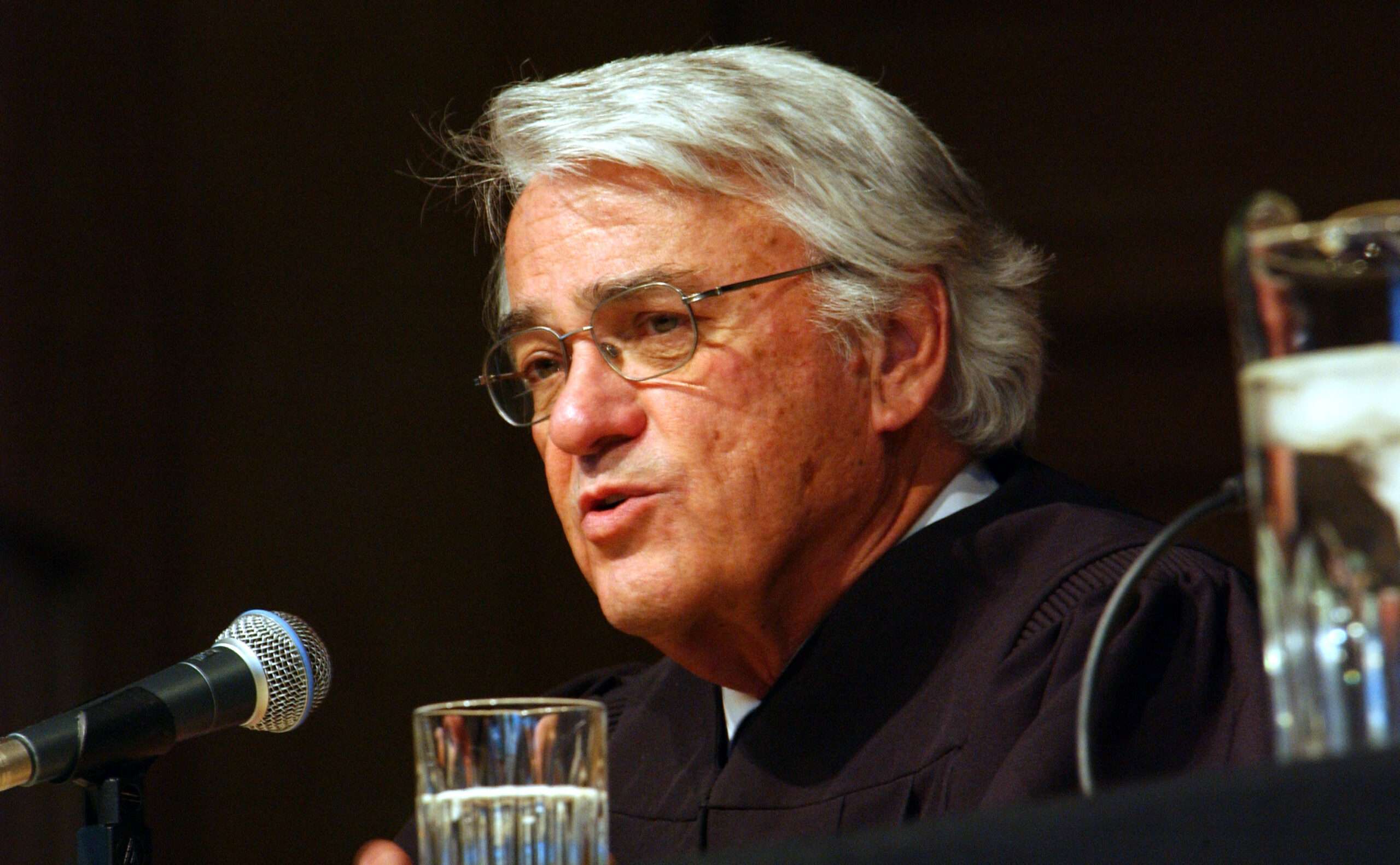A 24-year-old man named Ashtian Barnes was driving his girlfriend’s rental car on the Sam Houston Tollway in Harris County, Texas, when he was pulled over by a traffic enforcement officer. The officer, Roberto Felix Jr., stopped Barnes because the license plate of the rental car had been linked to toll violations by another driver. About three minutes into the stop, Barnes began to drive away. Felix reacted by jumping onto the door sill of the car with his gun drawn. Within two seconds, perceiving a threat to himself as the car accelerated, Felix fatally shot Barnes.
The offenses that led to the traffic stop were trivial and not even committed by Barnes. Felix created the danger that led to the fatal shooting, which Barnes’ mother, Janice Hughes Barnes, argued was an unreasonable use of deadly force in a federal civil rights lawsuit against Felix.
The U.S. Supreme Court has agreed to decide whether the approach taken by the 5th Circuit, which focuses on “the moment of the threat” that Felix faced, is consistent with the Fourth Amendment. The Court has previously stated that judges should consider “the totality of the circumstances” to determine if a use of force is “objectively reasonable” under the Fourth Amendment.
In the case of Barnes v. Felix, Judge Alfred Bennett noted that the 5th Circuit’s narrow approach limits the examination of Fourth Amendment protections in encounters between the public and the police. He urged the appeals court to consider a broader approach to holding officers accountable for their actions that lead to the use of deadly force.
Despite these concerns, the 5th Circuit upheld the dismissal of Barnes v. Felix. Judge Patrick Higginbotham, who wrote the panel opinion, acknowledged the problems with the narrow approach and emphasized the need for a more comprehensive analysis of deadly force claims.
However, he contended that the “moment of threat doctrine” in this Circuit disregards the Supreme Court’s directive to consider the totality of circumstances when evaluating the reasonableness of an officer’s use of deadly force.
Expressing concern over the recurring pattern of unarmed black men dying in routine traffic stops, Higginbotham cautioned that overlooking an officer’s role in creating the threat leading to the use of deadly force weakens the Fourth Amendment’s safeguard for the public, undermines the value of human life, and obstructs the fair judicial process. He emphasized that the limitations set by Garner on deadly force are crucial, especially in light of subsequent Supreme Court decisions permitting pretextual traffic stops and allowing officers to order drivers out of their vehicles during any legally justified stop. These rulings, he argued, have fueled a surge in fatal encounters between law enforcement and civilians. Given this context, he asserted that it is reckless to undermine Garner by failing to consider the totality of circumstances when a stop results in loss of life.
Higginbotham criticized the 5th Circuit and three other appeals courts for restricting the analysis of reasonableness under the Fourth Amendment to the precise moment an officer deploys deadly force, through the “moment of threat doctrine.” He argued that this doctrine distorts Garner with predictable outcomes, obscuring the officer’s role in creating the conditions purportedly necessitating deadly force.
Without the influence of this doctrine, Higginbotham maintained that Felix’s actions would clearly violate the Fourth Amendment. He asserted that given the rapid sequence of events and Officer Felix’s actions in drawing his weapon and leaping onto the car’s running board, the totality of circumstances indicates a violation of Barnes’s Fourth Amendment rights against excessive force. Higginbotham pointed out that the use of lethal force against an unarmed man preceded any genuine threat to Officer Felix’s safety, with Barnes deciding to flee before Felix jumped onto the running board. The flight prompted Felix to shoot within two seconds.
Concluding his argument, Higginbotham criticized the “moment of threat” doctrine as an unwarranted interpretation of Garner that hampers a thorough examination of the Fourth Amendment’s protections for the public. He called for a revisitation of this doctrine by the Court or, if not, for the Supreme Court to resolve the circuit split regarding its application across the country.
Janice Hughes Barnes is urging the Supreme Court to address this issue. In her petition, she highlights how previous cases avoided clarifying how Garner applies when an officer uses deadly force after endangering themselves. During oral arguments in one of those cases, Justices Sotomayor and Alito emphasized the need to consider all actions leading up to the moment of confrontation between the officer and the victim.
Barnes’s legal team asserts that Barnes posed no threat and that Officer Felix should be held accountable for the foreseeable consequences of his own actions, as the threat he faced from the moving vehicle resulted directly from his unreasonable decision to jump onto the car.





